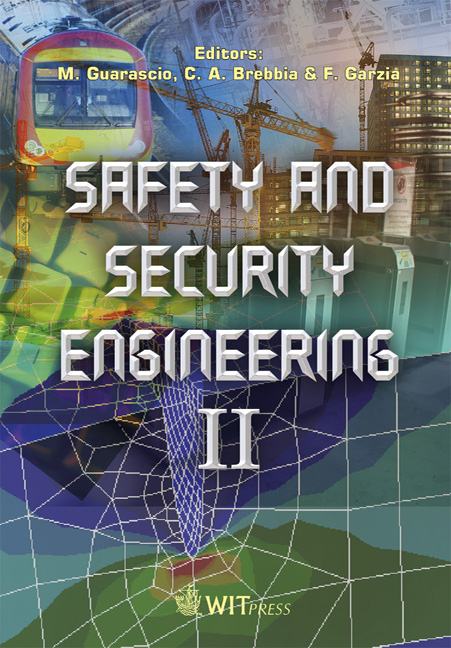Autonomous Exploration For Search And Rescue Robots
Price
Free (open access)
Transaction
Volume
94
Pages
10
Published
2007
Size
369 kb
Paper DOI
10.2495/SAFE070301
Copyright
WIT Press
Author(s)
D. Calisi, A. Farinelli, L. Iocchi & D. Nardi
Abstract
Search and rescue scenarios offer a wide variety of tasks where the experimentation of mobile robots is possible. Specifically, we describe some of the issues arising from scenarios where full autonomy of the robot is required. In this paper after briefly describing our robot configuration and basic functionalities, we address the exploration problem for a rescue robot and present a fully autonomous strategy for this task.We explain algorithms and methods used for this process and present typical experimental results. 1 Introduction Robotic technology for search and rescue missions is a large section of robotics and artificial intelligence research. This type of applications involves different research areas, from mechanical design and sensors interpretation to perception, decision making, mapping, path-planning and victim detection. Rescue robots are designed to strictly cooperate with human rescue operators assisting them during their missions. However, the reliability of the communication between the robot and the rescue operator represents a crucial factor in rescue missions. In many situations the robot should present some degree of autonomy, in order to effectively act in the environment also in those situations in which communication with human operators is either difficult or impossible. Moreover, autonomous capabilities such as safe navigation, map building and victim detection, can consistently help the human operators to control the robot. Therefore, the motivation in providing a rescue robot with autonomous capabilities stems from the possibility of realizing a more effective system for use in rescue scenarios. Our goal is to provide a rescue robot with basic autonomous capabilities in mapping, exploration, and victim detection, aiming at realizing a simple but very
Keywords





